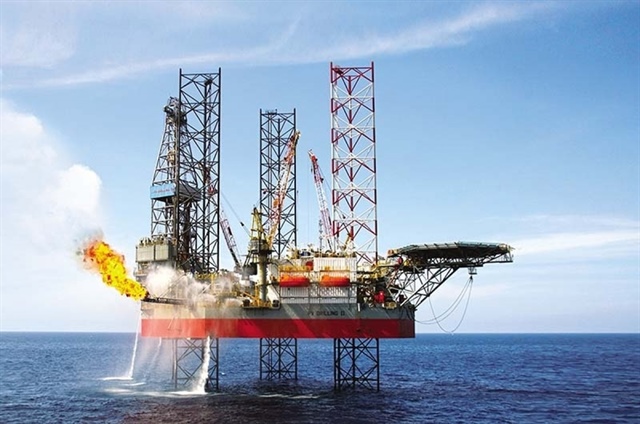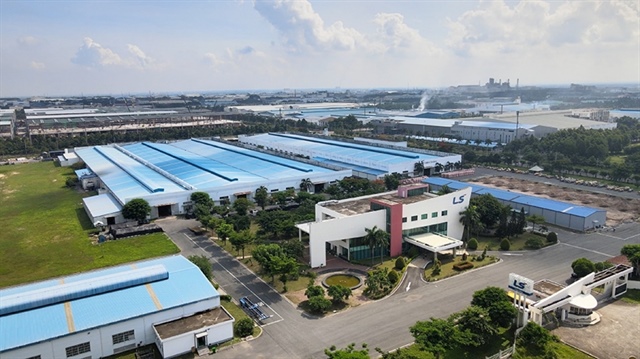Binh Dinh targets fisheries growth
Binh Dinh targets fisheries growth
Improved logistics and infrastructure is an urgent need for the growing fisheries sector in Binh Dinh, says Nguyen Huu Hao, deputy director of the province’s Department of Agriculture and Rural Development.

Last year, the central province exported over 8,100 tonnes of ocean tuna, nearly 73 per cent higher than the previous year, bringing in revenues of about US$51.3 million.
In the first month of this year, local fishermen caught over 618 tonnes of ocean tuna, an increase of 54.5 per cent compared to the same period of last year.
Hao said offshore fishing and tuna export had become major contributors to the province’s economic growth, with the catch increasing year after year.
Having seen decent profits accrued from offshore tuna fishing, locals have become more and more confident bout investing and upgrading their vessels for longer fishing trips that also go further out to the sea.
As many as 242 fishing groups have been formed in the locality with the participation of over 800 local vessels with engine capacities ranging from 250HP to 900HP.
“When the fishing vessels work in groups, each vessel can be given timely support including information about fishing grounds and weather conditions, supply of fresh water, food and fuel during long trips,” Hao said.
Nguyen Van Ai, a fisherman from the province’s Phu My District, said that his fishing group had one 99HP, an 800HP and two 450HP vessels. Together, they generated revenues of VND20 billion ($952,000) last year from catching ocean tuna.
Each member in his crew enjoyed an annual income of VND150-160 million ($7,100-7,600), making them high income-earners in the locality, he said.
However, Ai was worried about falling tuna prices. Enterprises were paying VND 60,000 – 70,000 for a kilo of tuna now, just half of the price they offered last year, he said.
Many fishermen had to borrow money from processing enterprises to prepare for their fishing trips, so they were reluctantly selling tuna to the lenders at prices offered by the latter, Ai said.
Pham Van Truong, Vice Chairman of the Hoai Nhon District People’s Committee, said local authorities need to help fishermen assess the quality of tuna and find suitable prices. Until now, fish quality and prices had been decided predominantly by the enterprises with farmers having little say, he noted.
However, Cao Thi Kim Lan, director of the Binh Dinh Fishery Joint Stocks Company, said local tuna prices were low because they were mostly being caught manually in shallow waters, despite assertions by officials that offshore fishing has increased of late.
In coastal Quy Nhon City, the Quy Nhon fishing port opened last April as a place for tuna auctions where sellers and buyers both could get reasonable prices. No auction has been organised so far.
The fisheries sector in the province has several other problems.
Several ports, including the Tam Quan Port in Hoai Nhon District and the De Gi Port in Phu My District are suffering from sedimentation.
Furthermore, sedimentation at the estuary is preventing vessels, especially ones with high capacity, from reaching the ports.
According to Hao, the province is spending billions of Vietnamese dong each year to dredge the estuary around the ports. The sedimentation also poses difficulties for vessels to find shelter during the storm season.
Phan Trong Ho, director of the provincial agriculture and rural development department, said investors from Japan and the UK visited the province to look at opportunities in the fisheries sector.
To make the sector more attractive to foreign investors and expand fisheries, the province would have to improve its port infrastructure, price management and logistics sector, he emphasised.
vietnamnews

























